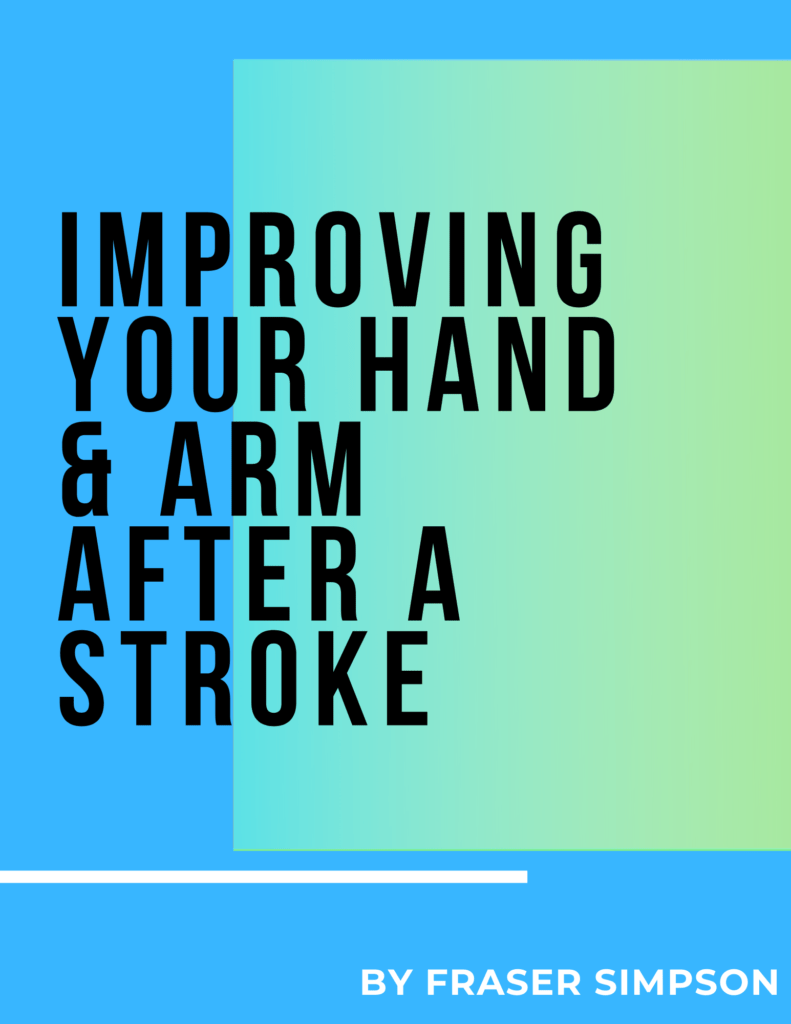Living with Parkinson’s Disease can be a daunting journey, but at Simpson Physiotherapy, we believe in the power of movement to transform lives. Exercise isn’t just about keeping fit; it’s a crucial part of managing Parkinson’s. Regular physical activity can help improve mobility, balance, and overall quality of life.
Today, we’re sharing four exercises for Parkinson’s Disease. Let’s explore these exercises and see how they can make a difference in your life.
Living with Parkinson’s Disease can be a daunting journey, but at Simpson Physiotherapy, we believe in the power of movement to transform lives. Exercise isn’t just about keeping fit; it’s a crucial part of managing Parkinson’s. Regular physical activity can help improve mobility, balance, and overall quality of life. Today, we’re sharing four exercises that are particularly beneficial for people with Parkinson’s Disease. Let’s explore these exercises and see how they can make a difference in your life.
1. Walking
Walking is a simple yet powerful exercise that can significantly impact your health. It helps improve cardiovascular fitness, strengthens muscles, and enhances joint flexibility. For people with Parkinson’s, walking can also help reduce the risk of falls by improving balance and coordination.
Why Walking?
- Improves Mobility: Regular walking helps maintain muscle strength and joint health, making daily activities smoother and safer.
- Enhances Balance: Walking regularly can help improve your balance and coordination, reducing the likelihood of falls.
- Boosts Mood: Walking releases endorphins—those feel-good hormones that combat stress and depression.
Tips for Walking:
- Aim for a steady pace and maintain good posture. Keep your head up, and your shoulders relaxed.
- Walk with a friend or join a walking group. This adds a social element, making it more enjoyable and motivating.
2. Tai Chi
Tai Chi is an ancient Chinese martial art that combines slow, deliberate movements with deep breathing and meditation. It’s known for its benefits in improving balance, flexibility, and strength, making it an excellent exercise for people with Parkinson’s.
- Why Tai Chi?
- Enhances Balance: Tai Chi’s slow, controlled movements help improve balance and reduce the risk of falls.
- Increases Flexibility: The gentle stretching movements enhance joint flexibility and muscle strength.
- Promotes Relaxation: Tai Chi incorporates deep breathing and meditation, which can help reduce stress and improve mental well-being.
Tips For Tai Chi:
- Focus on slow, controlled movements and deep breathing. It’s about quality, not speed.
- Consider joining a Tai Chi class to learn proper techniques and stay motivated.
- Practice regularly, even for just a few minutes each day, to see the best results.
3. Strength Training
Strength training involves exercises designed to improve muscle strength and endurance. For people with Parkinson’s, strength training can help support joint health, improve stability, and enhance overall physical function.
Why Strength Training?
- Builds Muscle Strength: Stronger muscles provide better support for joints, improving stability and reducing the risk of falls.
- Improves Balance: Strengthening the muscles around your core, hips, and legs helps enhance balance and coordination.
- Enhances Daily Functioning: Stronger muscles make it easier to perform everyday tasks, from climbing stairs to carrying groceries.
Tips for Strength Training:
- Start with light weights or resistance bands. Gradually increase the intensity as you build strength and confidence.
- Focus on exercises that target major muscle groups, such as squats, leg presses, and arm curls.
- Ensure proper form to avoid injury. Consider working with a physiotherapist or trainer to learn the correct techniques.
4. Stretching
Stretching is essential for maintaining flexibility and range of motion. Regular stretching can help reduce muscle stiffness, a common symptom of Parkinson’s, and improve overall mobility.
Why Stretching?
- Increases Flexibility: Regular stretching helps keep your muscles and joints flexible, reducing stiffness and improving mobility.
- Reduces Muscle Stiffness: Stretching can help alleviate the muscle stiffness associated with Parkinson’s, making it easier to move.
- Enhances Range of Motion: Stretching improves your range of motion, allowing you to move more freely and comfortably.
Tips for Stretching:
- Incorporate gentle stretches into your daily routine. Aim to stretch each major muscle group.
- Hold each stretch for at least 15-30 seconds, and avoid bouncing to prevent injury.
- Stretching can be done anytime, anywhere. Make it a part of your morning routine or wind down with stretches in the evening
Join Our Parkinson’s Exercise Class
- At Simpson Physiotherapy, we understand that living with Parkinson’s Disease can present unique challenges. That’s why we’ve designed a specialised Parkinson’s exercise class tailored to your needs. Our classes incorporate these four exercises and more, providing a comprehensive approach to improving your mobility, balance, and overall well-being.
- Why Join Our Parkinson’s Exercise Class?
- Expert Guidance: Our experienced physiotherapists will guide you through each exercise, ensuring proper form and technique.
- Supportive Environment: Join a community of individuals who understand what you’re going through. Share experiences, motivate each other, and celebrate successes together.
- Personalised Approach: We tailor our exercise programs to fit your lifestyle and specific needs, helping you achieve your goals.
- Improve Quality of Life: Regular exercise can help manage symptoms, improve mobility, and enhance your overall quality of life.



